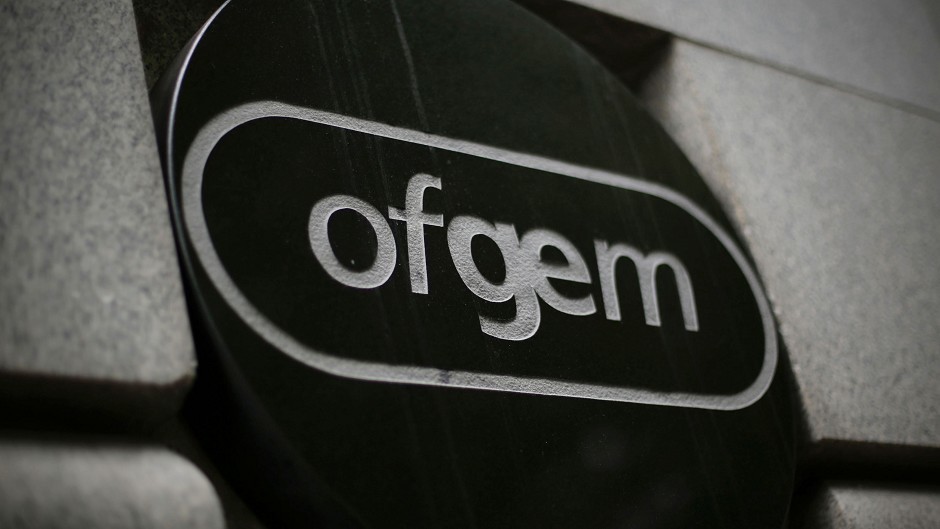Energy regulator Ofgem last night stood by policies which leave families in the north and north-east paying hundreds of pounds a year extra for electricity.
Campaigners and politicians rounded on the watchdog and power giant SSE this week amid anger that consumers in the area were being hit with a 2p-per-unit surcharge.
It was branded a “national disgrace” that was driving hard-pressed households into fuel poverty, as the Scottish and UK governments were urged to step in to end the “postcode lottery”.
The Press and Journal walked into the Ofgem’s headquarters in central London yesterday to demand an explanation, after SSE had pinned the blame on the government body.
Officials refused a request for an interview at the body’s Westminster offices – but issued a statement last night defending the practice.
Charles Gallacher, Ofgem’s Scotland director, said: “We recognise that the north of Scotland faces higher costs for the distribution of energy across the region.
“This reflects the cost of running the network in that area and the same methodology applies across Britain, resulting in regional variations.
“Ofgem is committed to ensuring that network companies deliver value for money for consumers. Ofgem’s regulation has successfully delivered a reliable, safe network which is 17% cheaper than at privatisation.”
About 23% of a dual fuel bill is made up of network costs, and they vary by region because of the different costs involved in transporting the energy.
Writing for the Press and Journal today, SSE retail economics director Dr Richard Westoby said the company had been campaigning for a “flattened out” national approach to pricing, so every community in Britain pays the same amount.
“It would mean that a customer living in Benbecula, Bristol or Bradford, would pay the same networks charge, reducing some of the complexities of energy for customers,” he said.
The row has broken out as it emerged people across the country have been paying an average of £410 more a year for energy compared to a decade ago – despite using significantly less.
Consumer rights group Which? said its analysis of official figures had found yearly spending on energy had rocketed by 52% over and above inflation from £790 in 2003/04 to £1,200 two years ago, after being adjusted to take account of inflation.
Meanwhile, domestic energy consumption figures from the Department of Energy and Climate Change showed a drop of 17% over the same time frame.
The group’s executive director Richard Lloyd said: “At a time when rising energy prices are consumers’ number one concern, it is shocking that people are paying more despite using less.
“Major reforms are needed now to restore trust in the industry and to guarantee fairer energy prices for consumers.”
